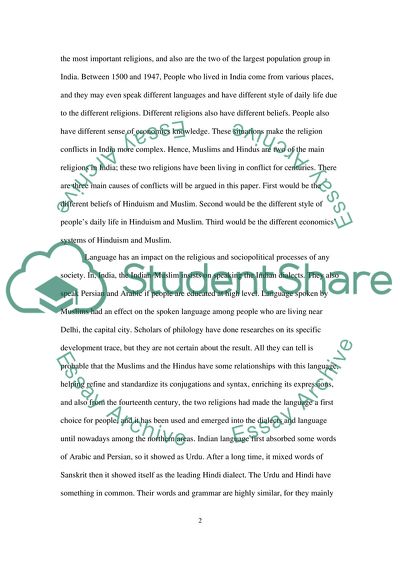Cite this document
(The Hindu-Muslim Conflicts after the 16th Century Case Study Example | Topics and Well Written Essays - 2000 words, n.d.)
The Hindu-Muslim Conflicts after the 16th Century Case Study Example | Topics and Well Written Essays - 2000 words. https://studentshare.org/history/1867308-the-hindu-muslim-conflicts-after-16th-century
The Hindu-Muslim Conflicts after the 16th Century Case Study Example | Topics and Well Written Essays - 2000 words. https://studentshare.org/history/1867308-the-hindu-muslim-conflicts-after-16th-century
(The Hindu-Muslim Conflicts After the 16th Century Case Study Example | Topics and Well Written Essays - 2000 Words)
The Hindu-Muslim Conflicts After the 16th Century Case Study Example | Topics and Well Written Essays - 2000 Words. https://studentshare.org/history/1867308-the-hindu-muslim-conflicts-after-16th-century.
The Hindu-Muslim Conflicts After the 16th Century Case Study Example | Topics and Well Written Essays - 2000 Words. https://studentshare.org/history/1867308-the-hindu-muslim-conflicts-after-16th-century.
“The Hindu-Muslim Conflicts After the 16th Century Case Study Example | Topics and Well Written Essays - 2000 Words”. https://studentshare.org/history/1867308-the-hindu-muslim-conflicts-after-16th-century.


